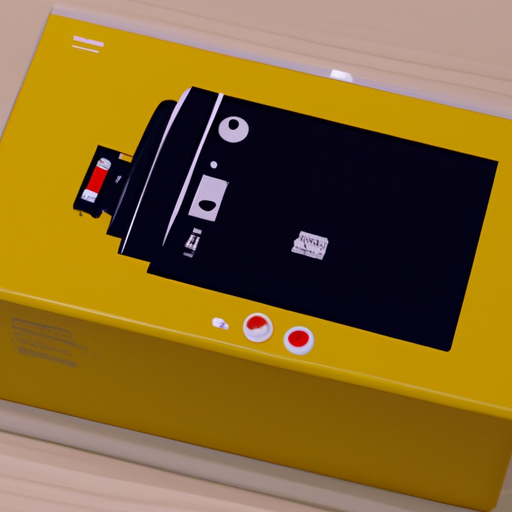
-
Table of Contents
Innovative Packaging for Electronics: Compact and Functional

As technology continues to advance at a rapid pace, the demand for smaller and more powerful electronic devices is on the rise. From smartphones to wearables, consumers are constantly seeking compact and functional gadgets that can seamlessly integrate into their daily lives. One crucial aspect of achieving this goal is through innovative packaging for electronics. In this article, we will explore the importance of compact and functional packaging, examine some notable examples and case studies, and discuss the future trends in this field.
The Importance of Compact Packaging
Compact packaging plays a vital role in the success of electronic devices. It not only enhances the portability of the product but also reduces the overall manufacturing and shipping costs. Here are some key reasons why compact packaging is crucial:
- Portability: Consumers today value convenience and portability. Compact packaging allows electronic devices to be easily carried in pockets, bags, or even worn on the body. This enables users to have their gadgets readily available wherever they go.
- Cost Efficiency: Compact packaging reduces the amount of material required for manufacturing, resulting in lower production costs. Additionally, smaller packaging leads to reduced shipping costs, as more units can be packed in a single shipment.
- Environmental Impact: With growing concerns about sustainability, compact packaging helps minimize waste and reduce the carbon footprint associated with the production and transportation of electronic devices.
Functional Packaging: Beyond Protection
While protection is a primary function of packaging, innovative packaging for electronics goes beyond just safeguarding the product. It aims to enhance the user experience and provide added value. Here are some examples of functional packaging:
- Wireless Charging Cases: Many smartphones now come with wireless charging capabilities. Packaging that doubles as a wireless charging case allows users to conveniently charge their devices while on the go.
- Smart Packaging: Some companies have started incorporating smart features into their packaging. For instance, a packaging box with built-in sensors can detect if the product has been tampered with during transit, ensuring the authenticity and quality of the device.
- Reusable Packaging: Reusable packaging not only reduces waste but also provides additional functionality. For example, a laptop case that can be transformed into a stand or a tablet sleeve that doubles as a mousepad.
Notable Examples and Case Studies
Several companies have already embraced innovative packaging for their electronic products. Let’s take a look at some notable examples:
Apple’s AirPods Pro
Apple’s AirPods Pro packaging is a prime example of compact and functional design. The small, sleek case not only protects the earbuds but also serves as a charging dock. The case’s compact size allows users to easily carry it in their pockets, ensuring that the AirPods Pro are always within reach.
Samsung’s Galaxy Watch Active2
Samsung’s Galaxy Watch Active2 comes in a compact packaging that doubles as a wireless charging dock. The watch can be placed on top of the packaging, which acts as a charging pad. This innovative design eliminates the need for a separate charging dock, making it more convenient for users to charge their devices.
Google’s Nest Learning Thermostat
Google’s Nest Learning Thermostat is known for its energy-saving features, and its packaging aligns with this ethos. The packaging is made from recycled materials and can be transformed into a stand for the thermostat. This not only reduces waste but also provides a functional use for the packaging.
The Future of Innovative Packaging
The field of innovative packaging for electronics is constantly evolving. Here are some future trends to watch out for:
- Biodegradable Materials: As sustainability becomes a top priority, the use of biodegradable materials in packaging is expected to increase. Companies will likely explore alternatives to traditional plastics, such as plant-based or compostable materials.
- Smart Packaging: The integration of smart features into packaging will continue to grow. From interactive displays to embedded sensors, packaging will become more interactive and provide real-time information to users.
- Minimalist Design: With the rise of minimalism, packaging designs will become simpler and more streamlined. This not only enhances the aesthetic appeal but also reduces waste and material usage.
Summary
Innovative packaging for electronics plays a crucial role in meeting the demands of consumers for compact and functional devices. Compact packaging enhances portability, reduces costs, and minimizes environmental impact. Functional packaging goes beyond protection and adds value to the user experience. Notable examples, such as Apple’s AirPods Pro and Samsung’s Galaxy Watch Active2, showcase the success of compact and functional packaging. The future of innovative packaging will likely involve biodegradable materials, smart features, and minimalist designs. As technology continues to advance, packaging will play an increasingly important role in shaping the overall user experience of electronic devices.
